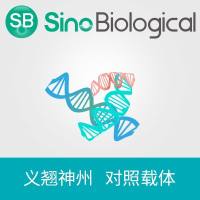Radiolabeling of DNA with 3 Terminal Transferase
互联网
985
In contrast to the end labeling methods described in chapters 39 and chapters 41 , end labeling with terminal transf erase can be used for DNA fragments with 3′ protruding ends, 3′ recessed ends, and blunt ends. Terminal deoxynucleotidyl transferase (terminal transferase) adds ribonucleotides onto the 3′ ends of DNA fragments. It normally requires a single stranded DNA molecule as primer, but in the presence of cobalt ions (Mg2+ being the normal cofactor) it will also accept double-stranded DNA. The enzyme uses ribonucleotide triphosphates as the precursors and the reaction normally produces 3′ tails on the DNA fragments (1 ). Alkaline hydrolysis is then required to produce a DNA fragment with a uniquely labeled 3′ end. Terminal transferase also catalyses the addition of 3′-deoxy-adenosine-5′-triphosphate (cordycepin-5′-triphosphate) onto the ends of DNA fragments. This compound is a chain terminator; it does not contain a hydroxyl group in the 3′ position, and therefore forms only mono-addition products. This produces the uniquely labeled DNA fragments required in the Maxam and Gilbert method for sequencing DNA, with no need for other procedures to produce unique 3′-labeled ends.






